-
Welcome to 4Runners.com!
You are currently viewing as a guest! To get full-access, you need to register for a FREE account.
As a registered member, you’ll be able to:- Participate in all 4Runner discussion topics
- Transfer over your build thread from a different forum to this one
- Communicate privately with other 4Runner owners from around the world
- Post your own photos in our Members Gallery
- Access all special features of the site
Another Head bolt question/problem
Discussion in '4th Gen 4Runners (2003-2009)' started by Say2x4, Dec 1, 2022.


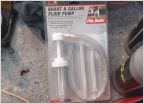 How To: Differentials and Transfer Case Fluid Service
How To: Differentials and Transfer Case Fluid Service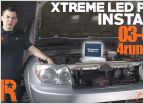 Recommendations for led bulbs for fog lights and low/high beams
Recommendations for led bulbs for fog lights and low/high beams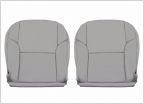 Seat Replacement
Seat Replacement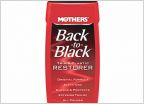 BEST trim restore
BEST trim restore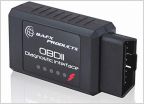 2004 4runner 4x4 help
2004 4runner 4x4 help Head Gasket repair
Head Gasket repair








































































